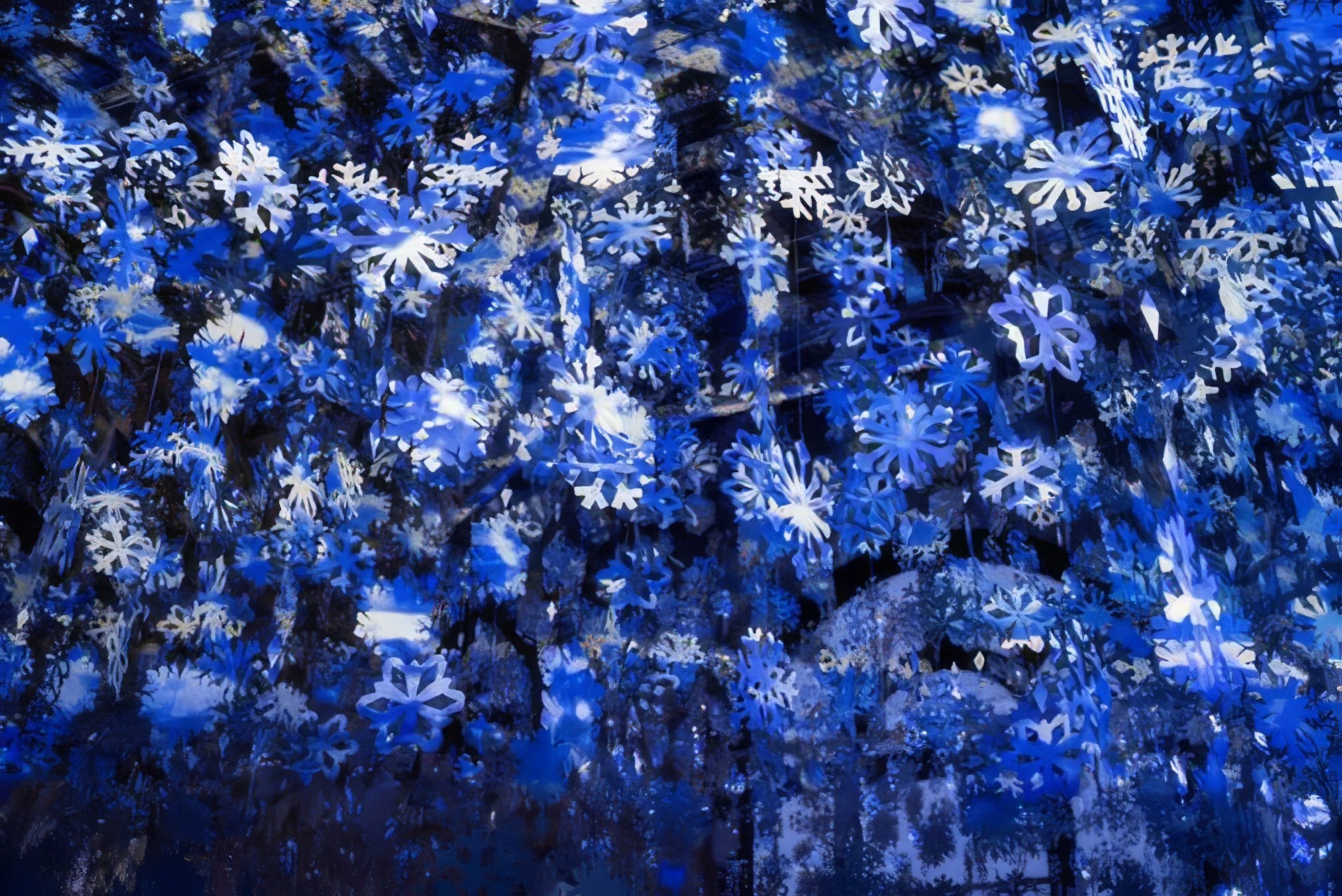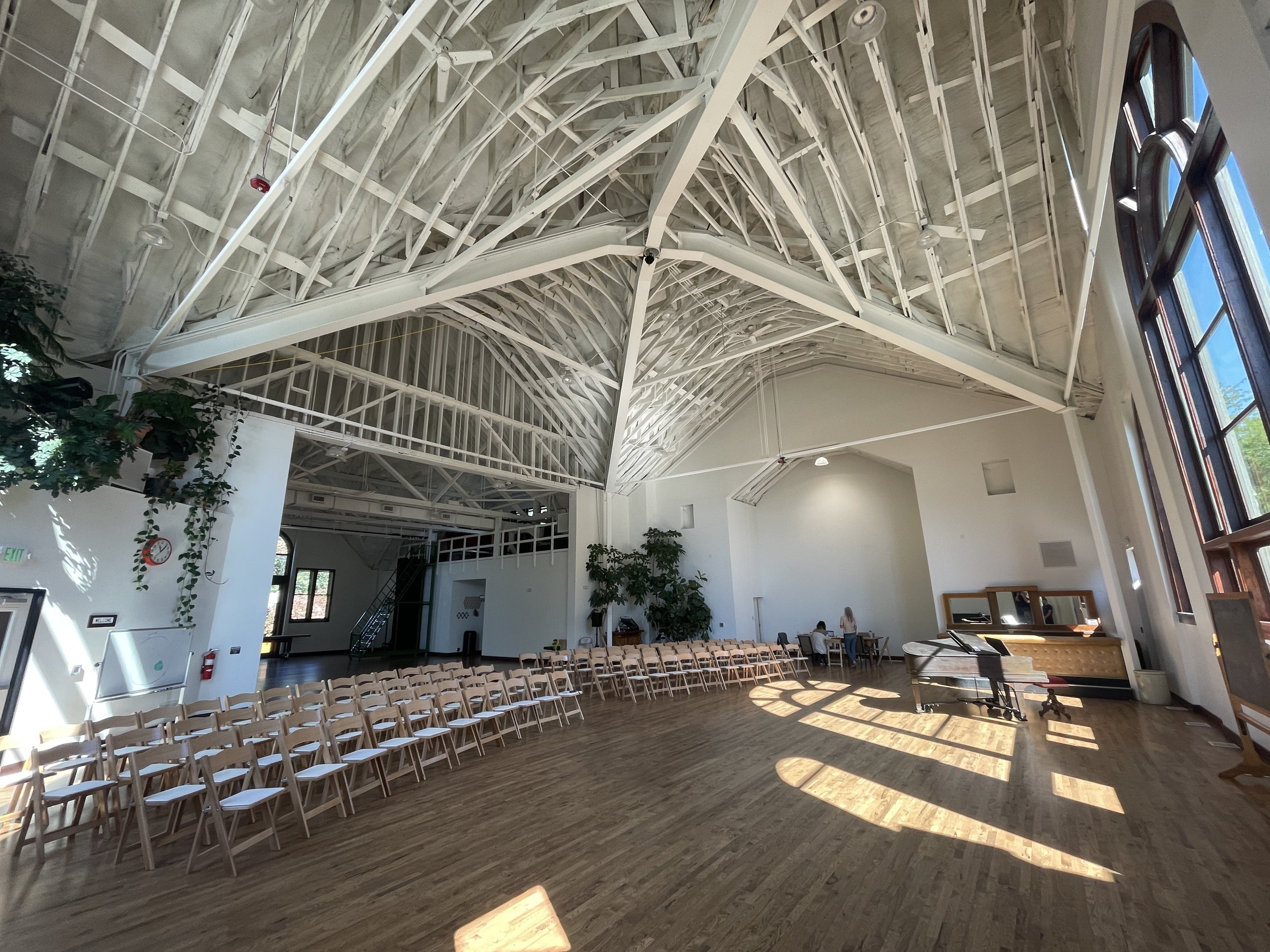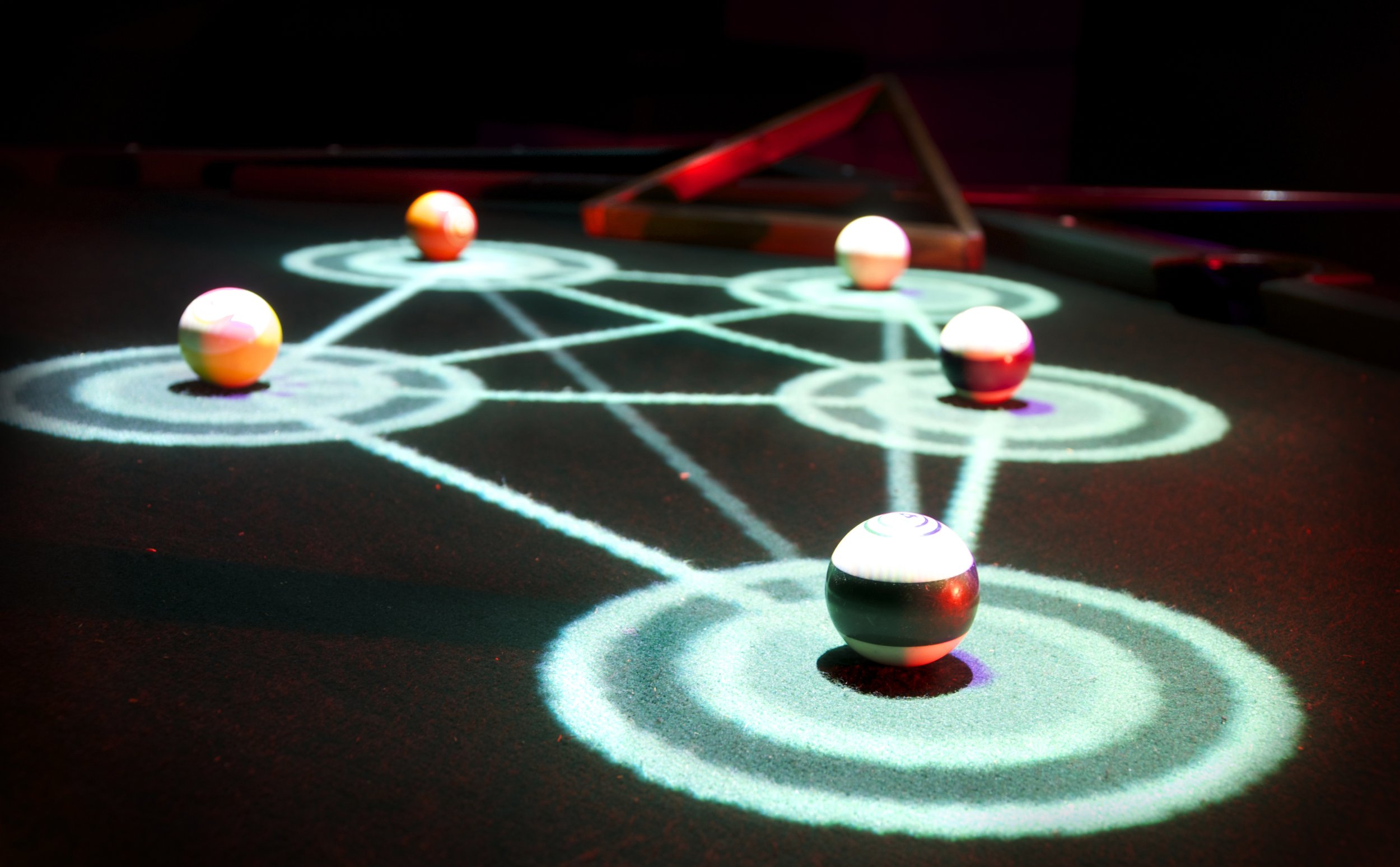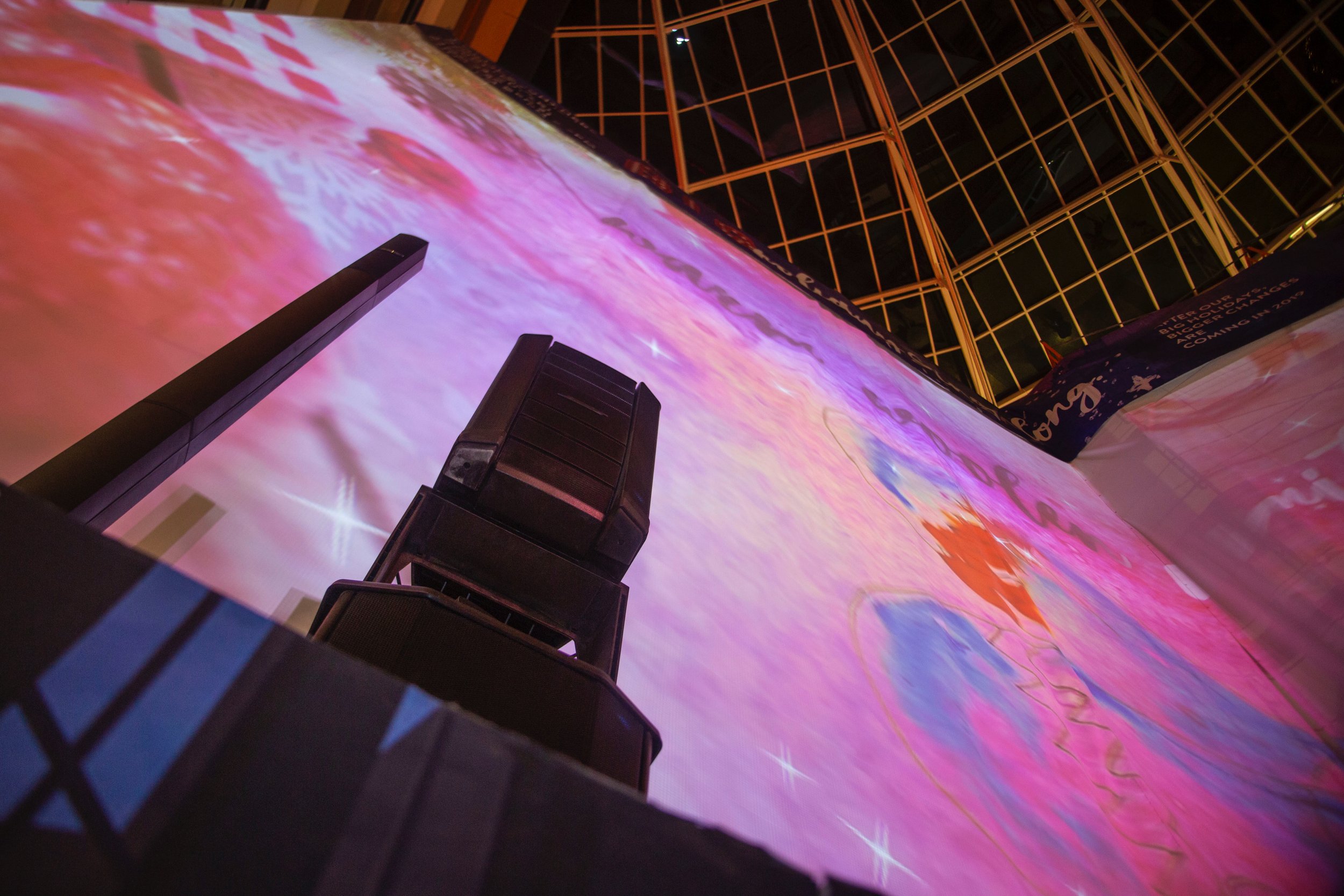In the world of high-end lighting and visual experiences, terms like projection, projection mapping, video mapping, and 3D projection mapping often come up, each carrying its own distinct meaning and application.
Understanding these differences not only enriches one’s appreciation of the art and technology involved but also assists in selecting the right approach for your project needs.
Here, we aim to demystify these terms for those who may not be familiar with the nuances of each.
Projection refers to the basic technique of casting light, images, or videos onto a surface. This is the simplest form of visual display, where content is projected onto a flat, typically 2D surface, such as a screen or wall. There's no alteration to the content to match the surface; it's straightforward, like projecting a movie onto a flat screen.
Projection Mapping, takes this concept further by allowing for the adjustment of the projected image to fit onto irregularly shaped 2D surfaces. This method involves sophisticated techniques such as perspective corrections, calibration, mesh warping, bezier curves, and edge blending.
The essence of projection mapping lies in its ability to transform ordinary structures into extraordinary visual canvases, offering a more immersive experience than standard projection.
3D Projection Mapping elevates the experience by applying similar principles as projection mapping but onto three-dimensional objects. This method can also be referred to as 360 projection mapping due to its ability to envelop an entire object in visual content, creating a fully immersive viewing experience.
The complexity here involves not just adjusting to the contours of a 3D shape but also potentially interacting with its movement and depth, bringing static objects to life with dynamic imagery.
Video Mapping generally overlaps with projection mapping but is specifically used with other screen media like LED walls or tiled video screens. While it shares the core concept of adapting content to fit a designated space, video mapping often involves integrating with existing screen technology to create expansive and coherent visual displays.
Conclusion:
In essence, while these terms share a foundational concept—casting visuals onto surfaces—they diverge in their applications and the technologies involved.
From the simplicity of projection to the intricate designs of 3D projection mapping, each offers unique opportunities to transform spaces and objects into captivating visual experiences.
Understanding these differences ensures that clients can make informed decisions about which technique will best bring their vision to life, while also enhancing their engagement with the cutting-edge possibilities within the realm of visual display technology.































